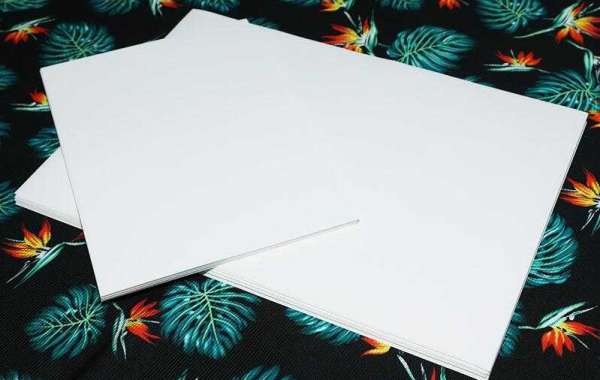Generally speaking, thermal transfer is a technical form of using thermal transfer equipment to transfer the patterns and images on the tacky sublimation paper to 180C0-230C0 and print them on different materials. The earliest heat transfer technology was applied in textile printing and dyeing industry and shoe material industry. Later, with the development of the times and the advancement of science and technology, the application fields continued to increase, especially the emergence of digital technology and the emergence of personalized consumer concepts, which made the application of thermal transfer technology more popular and extensive, and application products emerged in an endless stream, covering almost all material fields. . Such as: metal, wood, stone, ceramics, glass, PVC, leather, chemical fiber cloth can be applied to heat transfer technology to transfer exquisite patterns and images to produce and make exquisite products.
② Thermal transfer printing method
There are two types, one sublimation transfer method:
After the color paste produced by heat-rise disperse dyes is printed into printing paper by screen or gravure, the pattern on the printing paper is transferred to the required medium.
The second is the thermosetting transfer method:
Using thermosetting ink, also known as hot melt glue, after printing into printed paper with silk screen, the pattern on the printed paper is transferred to cultural shirts, clothing and other products.
The difference between the two methods is that the first is that the sublimation transfer method is mainly applied to chemical fiber fabrics and hard materials coated with thermal transfer coating, while the thermoset transfer method is mainly applied to pure cotton products. Second, the textures produced by the two methods are also different. After the sublimation pattern is transferred, the original texture of the material is not changed, and the hand and look are good. After the thermosetting pattern is transferred, a layer of gel is formed on the surface of the attachment, which has a poor hand feeling and is airtight. The two printing methods have their own advantages and disadvantages in production, and each has its own characteristics.
③ Types of thermal transfer
Thermal separation: Thermal separation is again regarded as a kind of "thermal peeling" transfer. She is one of the most popular transfers because when used on a shirt, it has the same soft texture as direct screen printing. The reason why it is called "hot peeling" is because the roll sublimation paper is quickly peeled off while it is hot and the ink will be divided into two after the hot press is applied for 10 seconds. Part of the ink will be transferred to the shirt, while the other part will remain on the paper. This gives the transfer product a soft texture.
Procurar
popularne posty







